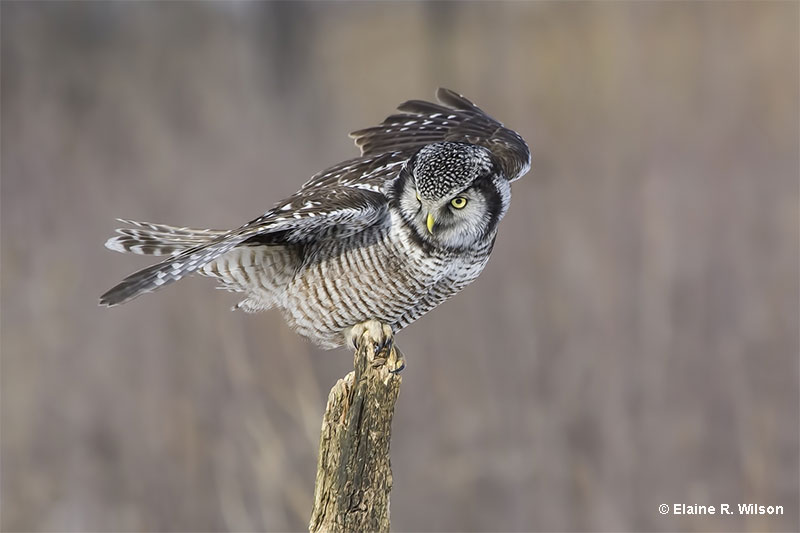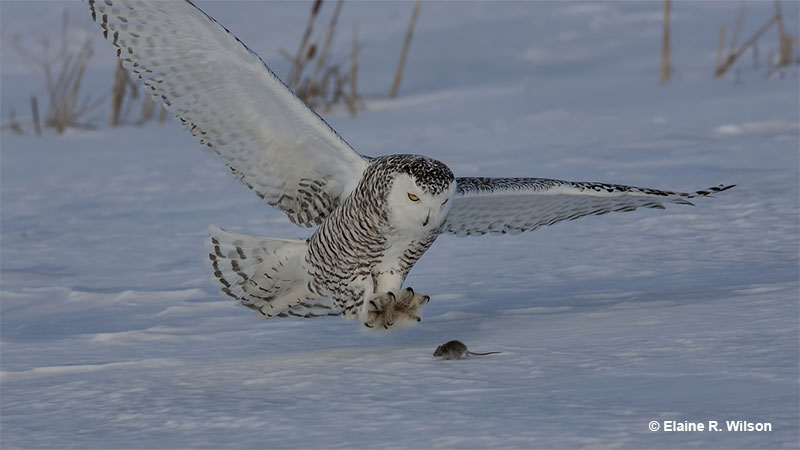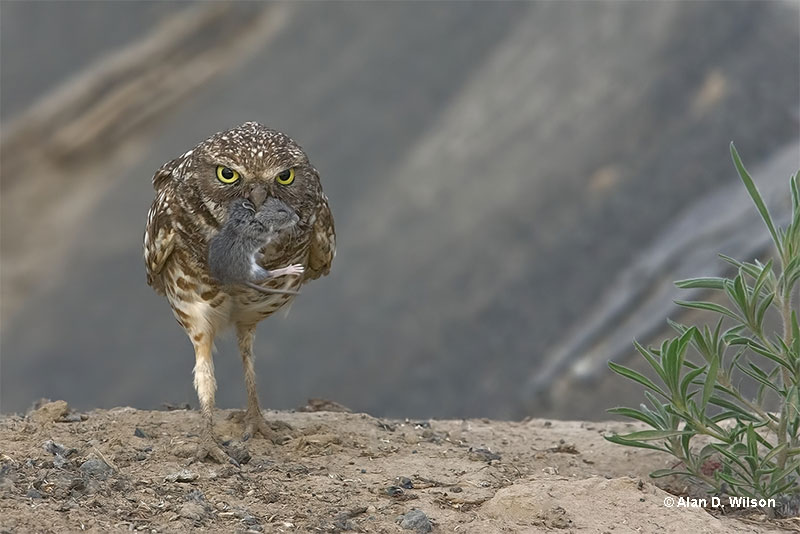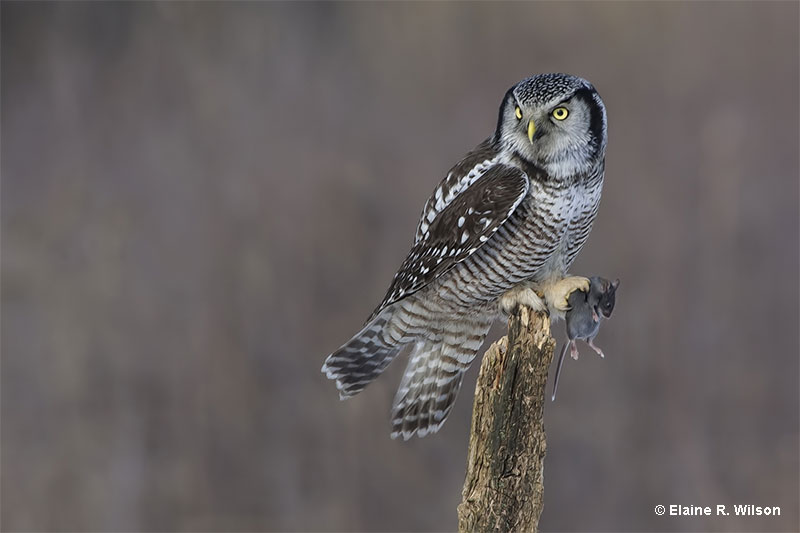
Owls are wonderful and mysterious animals. These intriguing birds of the night are also powerful raptors!
Owls catch and kill prey with needle sharp talons and strong, hooked beaks. The larger species are also fearless birds that can sit right at the top of the food chain.
When I see big owls, I can’t help but wonder if they can be dangerous, at least to pets. But are owls dangerous? Do owls ever attack people? What sort of animals do they catch?
Key takeaways:
- We know owls as powerful birds of prey; bigger species are capable of carrying nearly 10 pounds of extra weight with them
- Owls are quite solitary and they do not like being around humans.
- Despite the popular belief, owls are not dangerous to humans, but as always, there are some exceptions – during breeding season they are protective of their nests and younglings.
Behavior
Owls are raptors that take the place of hawks and eagles at night. Although pygmy owls and some other owls can also hunt during the day, the majority of owl species are nocturnal.
These important predators play various vital ecosystem roles. Screech-owls and other small owl species eat small rodents, insects, small birds, and other small animals. The tanager-sized Flammulated Owl, in particular, is an important predator of moths in its montane forest habitat.

Short-eared Owls catch lots of rodents in open habitats, especially weedy fields, and Barn Owls help keep rat populations in check. Another medium-sized species, the Long-eared Owl, hides in dense trees, and then hunts in nearby meadows at night. It also catches rodents as well as birds, and other small animals.
Barred Owls are larger birds that hunt a wider variety of prey. They can catch everything from screech-owls to crayfish! They almost sit at the top of the food chain but not quite. In North America, that spot goes to the Great Horned Owl.
This powerful species is a formidable and hefty bird as big as a Red-tailed Hawk. It looks positively dangerous and to smaller animals, it is! However, it doesn’t present any danger to people.
Size of the prey
Big owl species can take down some surprisingly large animals! Although Great Horned Owls are opportunistic predators that eat everything from warblers and mice to rabbits and American Crows, they also prey on bigger animals.
These large owls can kill birds as large as Great Blue Herons, and routinely prey on smaller owls and hawks, especially nestlings. They can also catch skunks, domestic cats, and even porcupines!
When the opportunity presents itself, Great Horned Owls will even kill raccoons.
A birder I know told me how he saw a big raccoon visit the edge of a forested pond in northern New Jersey. The raccoon didn’t look very active and may have been sick or old. A Great Horned Owl noticed the same thing and even though it was daytime, the owl took advantage of the situation to fly down and catch the mammal by surprise. The raptor struck the raccoon with its talons in the back of its head, killing it instantly!
Other big owl species can also take large prey. Eurasian Eagle-Owls catch big herons and hawks, and Snowy Owls occasionally kill herons, geese, hawks, and domestic cats. One of the biggest owls, the Blakiston’s Fish-Owl, mostly eats fish but has also caught domestic cats and small dogs!

Can owls attack people?
Despite what some headlines say, owls are NOT dangerous birds. They occasionally attack, but you have a better chance of winning the lottery!
It’s also easy to avoid situations that may provoke a rare attack. Like most animals, owls are very protective of their young. Climb a tree with an owl nest and most owls would probably swoop and claw at your head.
No matter what the owl’s size, that would definitely be a painful experience! On rare occasions, Barred and Great Horned Owls can even attack people that walk below their nesting trees. They also dive down to attack the head and their powerful talons are no joke!
They could certainly give a nasty cut but aren’t exactly dangerous, especially because it’s easy to just stay away from nesting trees.
However, in the 1937, British bird photographer Erick Hosking lost an eye after being attacked by a Tawny Owl near its nest!
Owls can also be potentially dangerous in a couple other situations. Injured owls might bite or claw someone who gets too close.
Another rare risk is using owl calls to attract an owl at night. If you hold the speaker near your head, it could accidentally hit you in the head or face with its talons.
Are Owls Dangerous To Pets?
Owls can definitely be dangerous to some pets. Certain owl species are regular predators of rabbits and ducks. If you let those animals roam the backyard at night, you’ll be putting their lives at risk.
They would probably get caught by a cat, dog, fox, or other carnivore before an owl got them but Great Horned Owls would certainly eat them too. Most owl species would also love to catch a hamster, other rodents, or a parakeet.

Keeping those pets safe from harm is easy enough; just bring them inside at night. As for larger pets, owls won’t bother most dogs but tiny toy dog breeds and cats are another issue.
Barred Owls, Snowy Owls, and Great Horned Owls are large enough to prey on kittens. Barred Owls won’t catch adult cats but the other two species can. While a backyard Snowy Owl is unlikely, you can expect Great Horned Owls.
These big raptors are common and catch cats on occasion. It wouldn’t be out of the question for Great Horned Owls to catch tiny dogs either. The best way to keep such pets safe is simply keeping cats and small dogs inside, especially at night.
Frequently Asked Questions
Are owls usually aggressive?
In most cases, owls are not usually aggressive. They only become aggressive when defending their nest or themselves.
Are owls afraid of anything?
Owls are generally afraid of people and other, larger animals that could harm them.
What is the most dangerous owl?
The most dangerous owl is the Great Horned Owl. However, this bird is only potentially dangerous when it defends its nest.
How strong are owls?
Big owls are strong enough to kill large prey like herons and hawks. Their sharp talons squeeze with more than 700 pounds of pressure, and they can carry prey as heavy as themselves.

